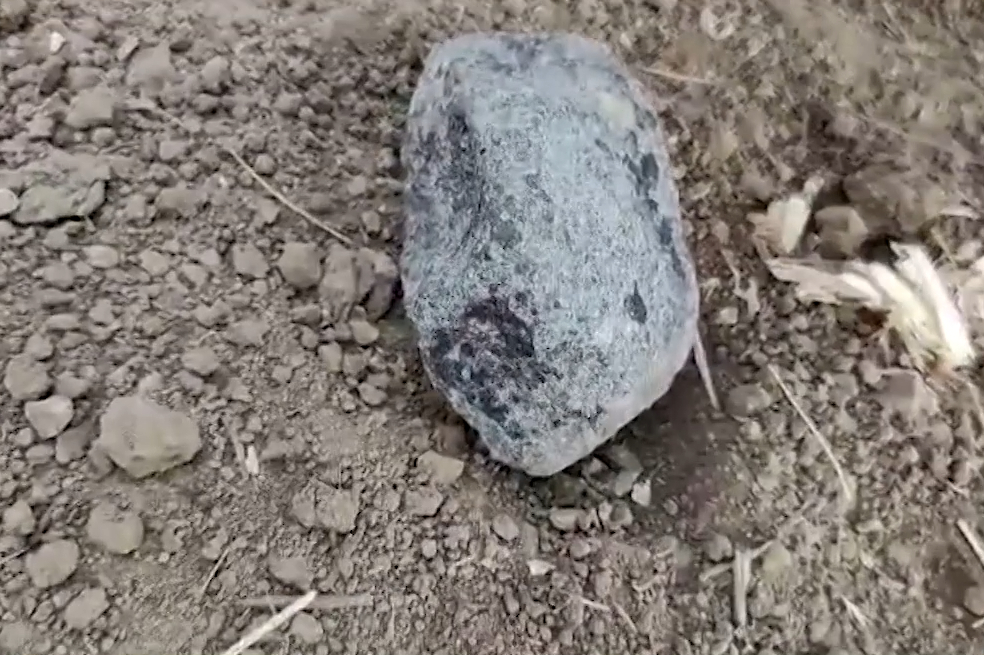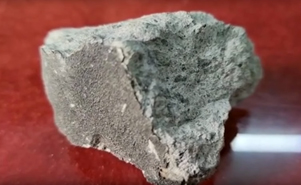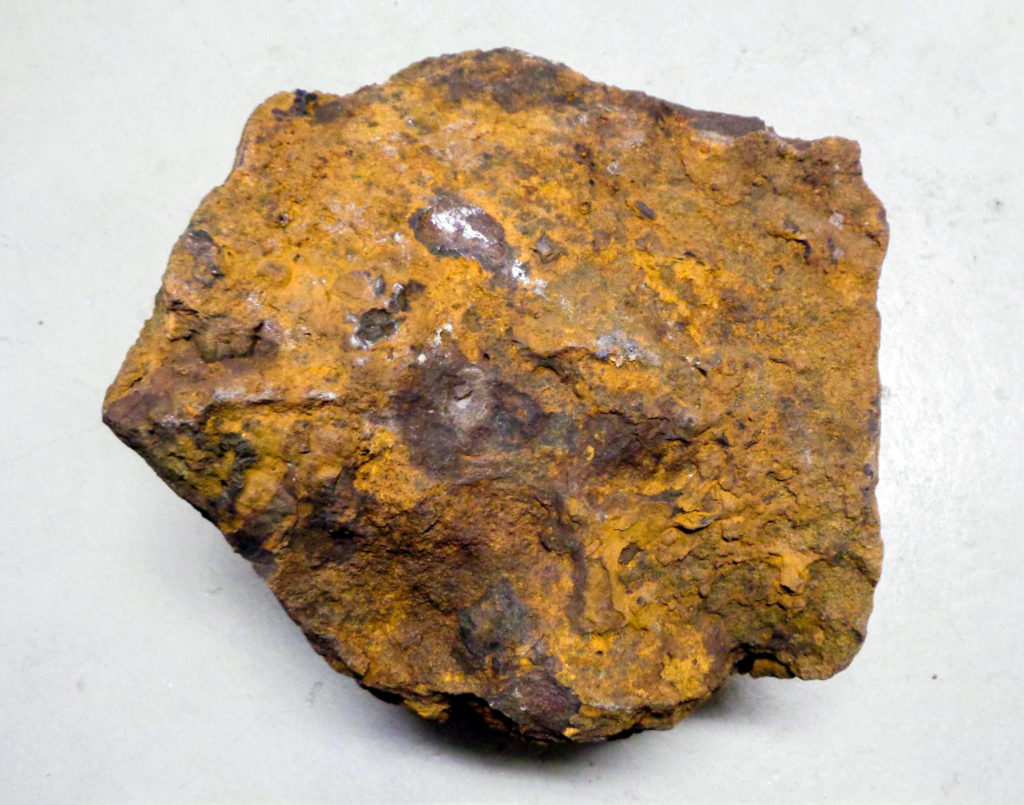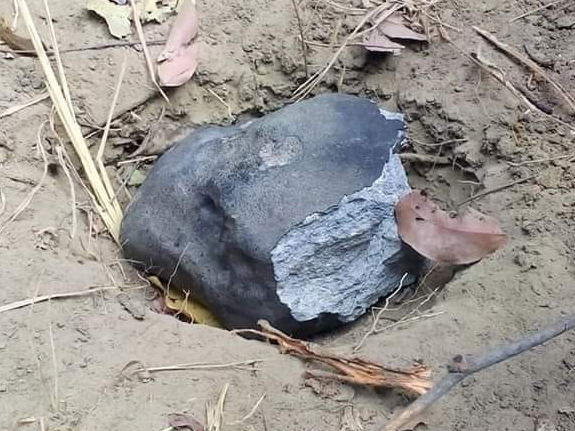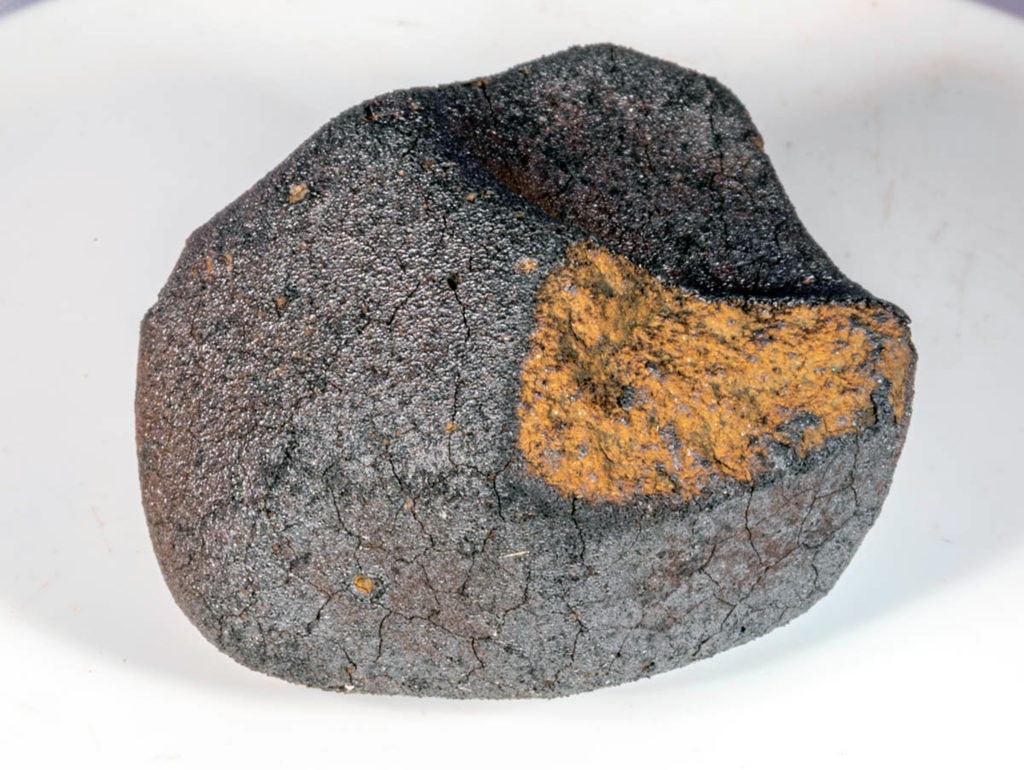The breathing of clay-rich astromaterials on Earth: Insights from the Tarda (C2-ung) and Aguas Zarcas (CM2) meteorites
Laurence A. J. Garvie, László Trif, Christian G. Hoover
MAPS, Version of Record online: 20 June 2025
“Meteorites arriving on Earth possess indigenous organic, isotopic, mineralogic, and magnetic properties that reveal conditions and processes from their formation. However, these properties can rapidly change when exposed to the Earth’s environment. Asteroids, which formed nearly 4.5 billion years ago, inhabit the ultrahigh vacuum of interplanetary space, with a pressure of around 1.3 × 10−11 Pa, equivalent to only a few tens of atoms per cubic centimeter. Fragments of these asteroids, which land on Earth as meteorites, immediately adsorb atmospheric gases into their pore spaces, which can subsequently adsorb into and onto the minerals. In this study, we show that adsorption of atmospheric water can significantly increase the mass of the smectite-rich Tarda (C2-ung) meteorite, with mass gains reaching around 30 wt% at 100% relative humidity (RH) and between 5 and 10 wt% under typical laboratory conditions (up to ~50% RH). In contrast, the serpentine-rich Aguas Zarcas meteorite gains approximately 11 wt% at 100% RH and around 2 wt% at ~50% RH. This water adsorption leads to observable mass fluctuations in clay-rich carbonaceous chondrites (CCs), especially those with high smectite content, which undergo a “breathing-like” process. This process involves the uptake and release of water, influenced by atmospheric humidity. Although this mass change is reversible in the short term, prolonged “breathing” can alter the mineral composition and physical properties of these materials, complicating our understanding of their origins and evolution. For instance, gypsum forms in Tarda after 10 min of exposure to 100% RH at room temperature, while the Aguas Zarcas meteorite forms significant gypsum within 24 h under similar conditions. In addition, mass changes for Tarda are measured with thermal gravimetry in a He atmosphere, by heating the sample at 100°C in a high vacuum, and after curation under an ultradry atmosphere. These experiments show that samples exposed to the atmosphere rapidly adsorb significant water that is not removed by curation under dry N2. Our findings indicate that this “breathing” process can profoundly and rapidly affect the properties of astromaterials, including samples returned from asteroids Ryugu and Bennu. Maintaining these materials in a stable, low-humidity environment can help prevent such changes and preserve their indigenous properties.”


